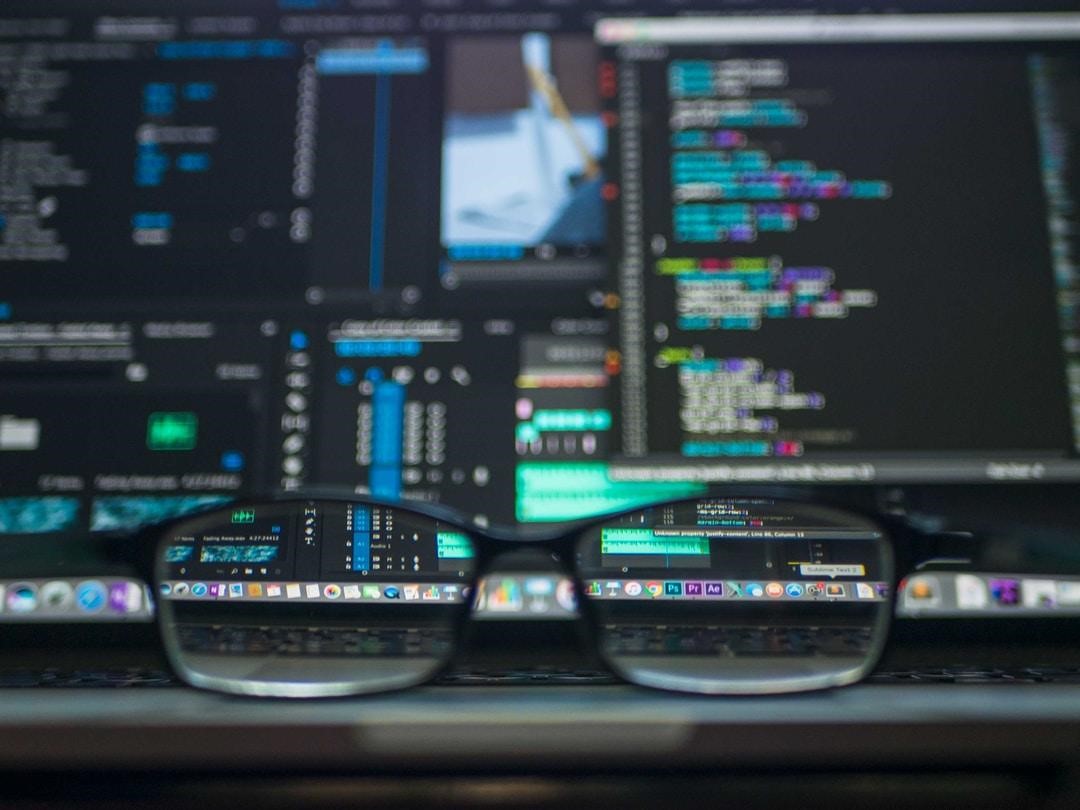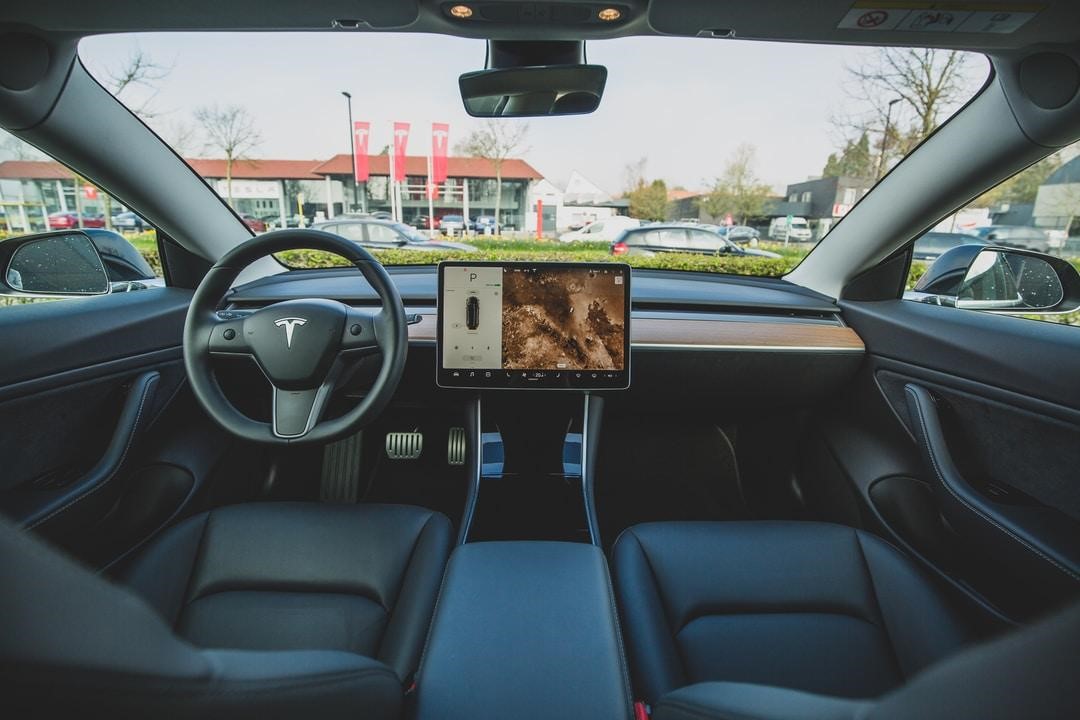Since the novels of Isaac Asimov and Arthur C. Clarke, fertile imaginations have raced through the galaxy, cultivated by the idea of artificial intelligence (AI). Now, in the 21st century, driverless cars and facial recognition technology are no longer science fiction, but reality.
The AI vocabulary has become flooded with cool new terms, machine learning, deep learning, deep neural network, etc. This begs the question. What is deep learning?
Deep Learning: A Practical Definition

Deep learning is a subset of machine learning. Machine learning is an artificial neural network based on the biological neural network of neurons within the human brain.
In order to create an artificial neural network, one must organize the raw data into datasets. When a programmer wants a computer program to perform new tasks without human intervention, an algorithm is used. In order to improve the performance of these tasks, there is a training process and a learning process.
Algorithms are “trained” by being programmed to perform new tasks. The ones that fail to perform these new tasks at a certain level are eliminated and a new group of algorithms is created based on the surviving algorithms.
This “new class” of improved algorithms is given another new task and the cycle is repeated again and again. These cycles are called layers and a number of layers can be divided into several categories: hidden layer, input layer, next layer, second layer, output layer, previous layer, and final layer. As each class of algorithms improves, the program is basically “learning” and this is the very definition of machine learning and artificial intelligence as it is implemented today.
What separates deep learning from machine learning is the concept of unsupervised learning. Machine learning is supervised learning because it requires human intervention on the part of the programmer. In other words, the programmer must personally administer all of the testing and training in the form of test sets and train sets.
What separates deep learning from machine learning is a new breakthrough in the field of artificial intelligence that allows the other algorithms to administer the test and train sets. Basically, algorithms test, train, and create other algorithms without human intervention—robots building robots!
Deep Learning Applied

Because algorithms are much faster than humans at certain tasks, a lot more can be accomplished in less time regarding large amounts of data and big data. The revolutionary breakthrough of deep learning in recent years has allowed for innovations in other technologies through deep learning applications: Digital assistants like Siri, smart-homes like Alexa, facial recognition technology used for ring security systems, speech recognition technology, language translation technology used for Google translate, and the image classification needed for the driverless cars that are made by Tesla.
Deep learning models can improve computer vision as it relates to the prediction of various outcomes in various situations. This deep learning application has created new sciences in the field of artificial intelligence such as predictive analytics, business analytics, and data virtualization, to name a few. In the investment sphere, event traders no longer rely on CNN, as they have a new tool in the science of prediction.
The ability to manage massive amounts of data has allowed for a sharper gradient of images, due to the ability to process more pixels. For security and law enforcement, this has led to breakthroughs due to advanced image recognition technology, facial recognition technology, and object recognition technology. This improved gradient of pixels has also led to breakthroughs in the medical field regarding their understanding of the human body and their isolation of the human genome.
It is definitely an era in human history, Moreover, if you master programming languages like Python, you do not have to limit yourself to being a mere spectator—you can be a participant.








